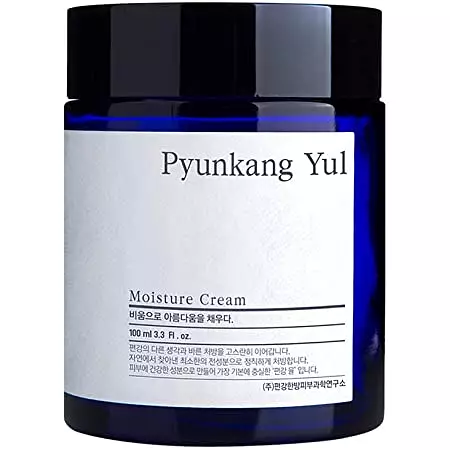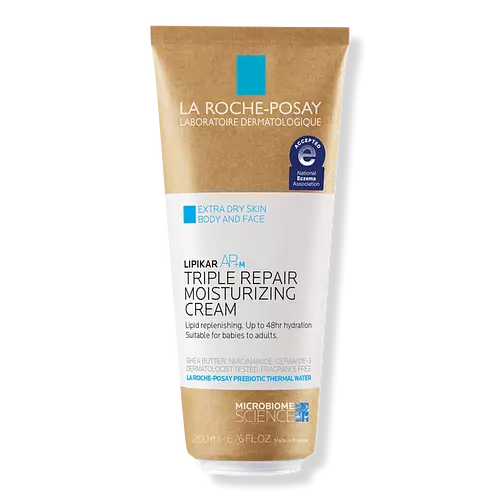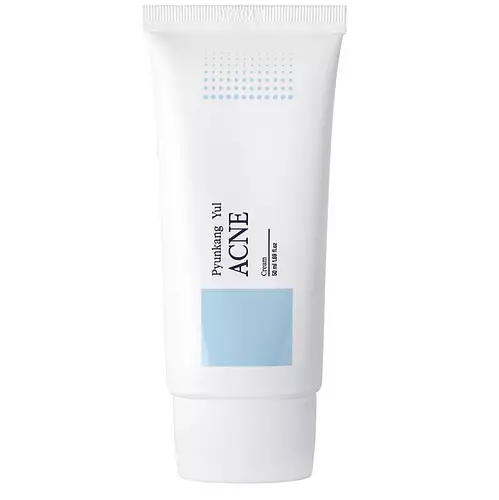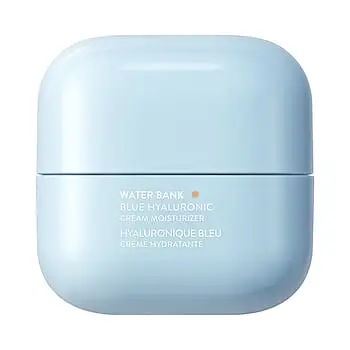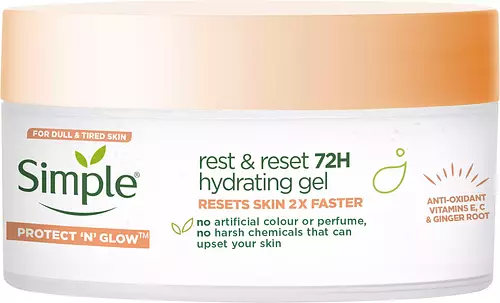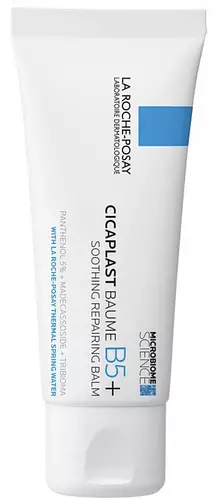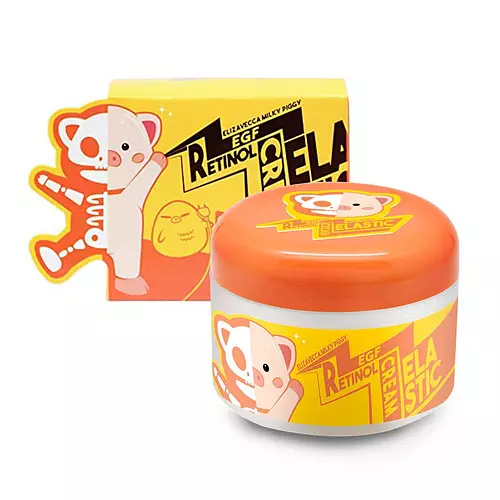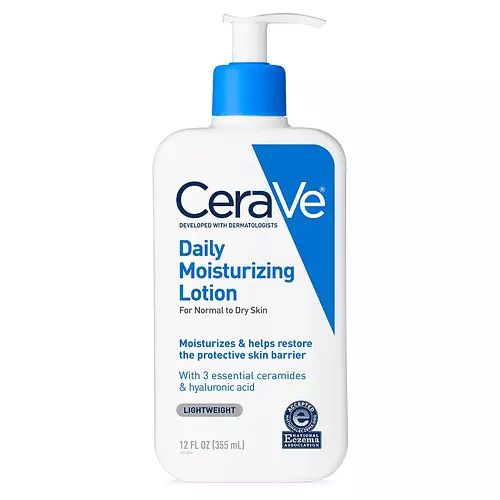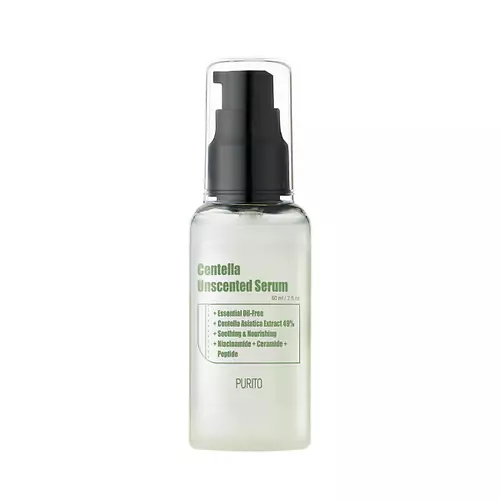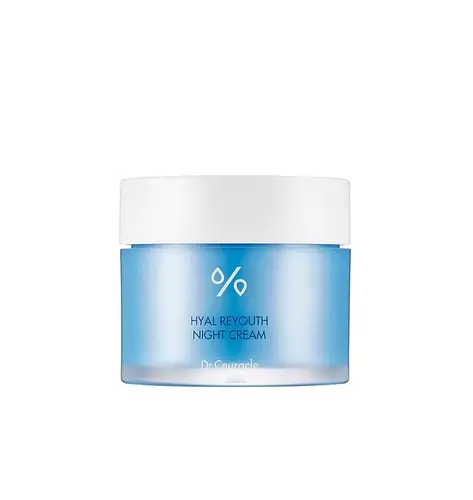Pyunkang Yul Moisture Cream Versus La Roche-Posay Lipikar Balm AP+ Intense Repair Moisturizing Body & Face Cream
Overview
What they are
These products are both reef safe general moisturizers. They have a total of 3 ingredients in common
Suited For
They're both likely to be good for dry skin
Free From
They both do not contain any harsh alcohols, common allergens, parabens or sulfates
What's Inside
They both contain oils
We independently verify ingredients, and our claims are backed by peer-reviewed research. Spot a product that needs an update? Let us know.
Ingredient Info
Pyunkang Yul Moisture Cream 14 ingredients
La Roche-Posay Lipikar Balm AP+ Intense Repair Moisturizing Body & Face Cream 23 ingredients
At a glance
Click on any of the items below to learn more
Pyunkang Yul Moisture Cream 14 ingredients
La Roche-Posay Lipikar Balm AP+ Intense Repair Moisturizing Body & Face Cream 23 ingredients
Benefits
This product contains 2 ingredients that may have this attribute:
Concerns
This product contains 2 ingredients that may have this attribute:
This product contains 1 ingredient that may have this attribute:
Notable Ingredients
This product contains 1 ingredient that may have this attribute:
Benefits
This product contains 2 ingredients that may have this attribute:
This product contains 1 ingredient that may have this attribute:
This product contains 1 ingredient that may have this attribute:
This product contains 1 ingredient that may have this attribute:
This product contains 1 ingredient that may have this attribute:
This product contains 1 ingredient that may have this attribute:
This product contains 2 ingredients that may have this attribute:
Concerns
This product contains 4 ingredients that may have this attribute:
This product contains 1 ingredient that may have this attribute:
Ingredients Side-by-side
Ingredients Explained
These ingredients are found in both products.
Ingredients higher up in an ingredient list are typically present in a larger amount.
Cetearyl alcohol is a mixture of two fatty alcohols: cetyl alcohol and stearyl alcohol. It is mainly used as an emulsifier. Emulsifiers help prevent the separation of oils and products. Due to its composition, it can also be used to thicken a product or help create foam.
Cetearyl alcohol is an emollient. Emollients help soothe and hydrate the skin by trapping moisture.
Studies show Cetearyl alcohol is non-toxic and non-irritating. The FDA allows products labeled "alcohol-free" to have fatty alcohols.
This ingredient is usually derived from plant oils such as palm, vegetable, or coconut oils. There is debate on whether this ingredient will cause acne.
Due to the fatty acid base, this ingredient may not be Malassezia folliculitis safe.
Learn more about Cetearyl AlcoholGlyceryl Stearate is a mix of glycerin and stearic acid.
Glyceryl Stearate is used to stabilize the mixing of water and oil ingredients. By preventing these ingredients from separating, it can help elongate shelf life. It can also help thicken the product's texture.
As an emollient, it helps soften skin and supports barrier-replenishing ingredients.
In cosmetics, Glyceryl Stearate is often made from vegetable oils or synthetically produced. The human body also creates Glyceryl Stearate naturally.
Learn more about Glyceryl StearateButyrospermum Parkii Butter is a plant lipid from the fruit of the Shea Tree. It is an effective skin hydrator and emollient.
Emollients help soothe and soften your skin. It does this by creating a protective film on your skin. This barrier helps trap moisture and keeps your skin hydrated. Emollients may be effective at treating dry or itchy skin.
Shea butter is rich in antioxidants. Antioxidants help fight free-radicals, or molecules that may harm the body. It is also full of fatty acids including stearic acid and linoleic acid. These acids help replenish the skin and keep skin moisturized.
While Shea Butter has an SPF rating of about 3-4, it is not a sunscreen replacement.
Shea butter may not be fungal acne safe. We recommend speaking with a professional if you have any concerns.
Learn more about Butyrospermum Parkii ButterIngredient Ratings
Here's what our community thinks of the ingredients in these products.
When to use
Pyunkang Yul Moisture Cream 14 ingredients
La Roche-Posay Lipikar Balm AP+ Intense Repair Moisturizing Body & Face Cream 23 ingredients


Reviews
Here's what our community thinks
Pyunkang Yul Moisture Cream 14 ingredients
dinogirl01
Unfortunately this product is not for my skin, the product itself feels lovely and leaves the skin feeling nice however I break out way more when...
Unfortunately this product is not for my skin, the product itself feels lovely and leaves the skin feeling nice however I break out way more when using this as my moisturiser. I’m unlucky to have skin that breaks out easily so I have stopped using this product.
